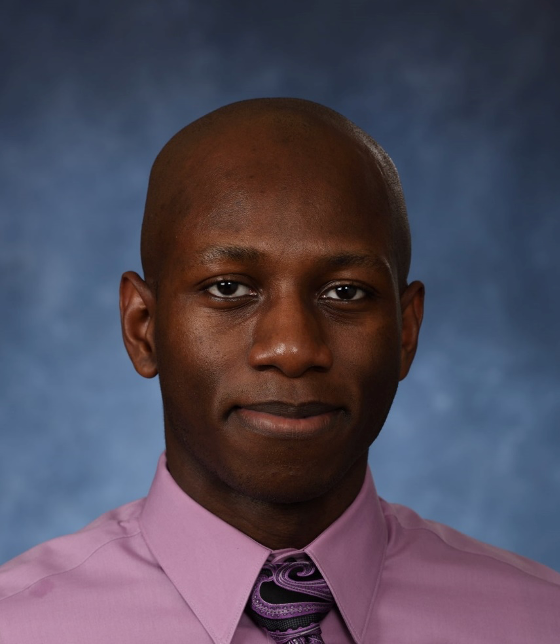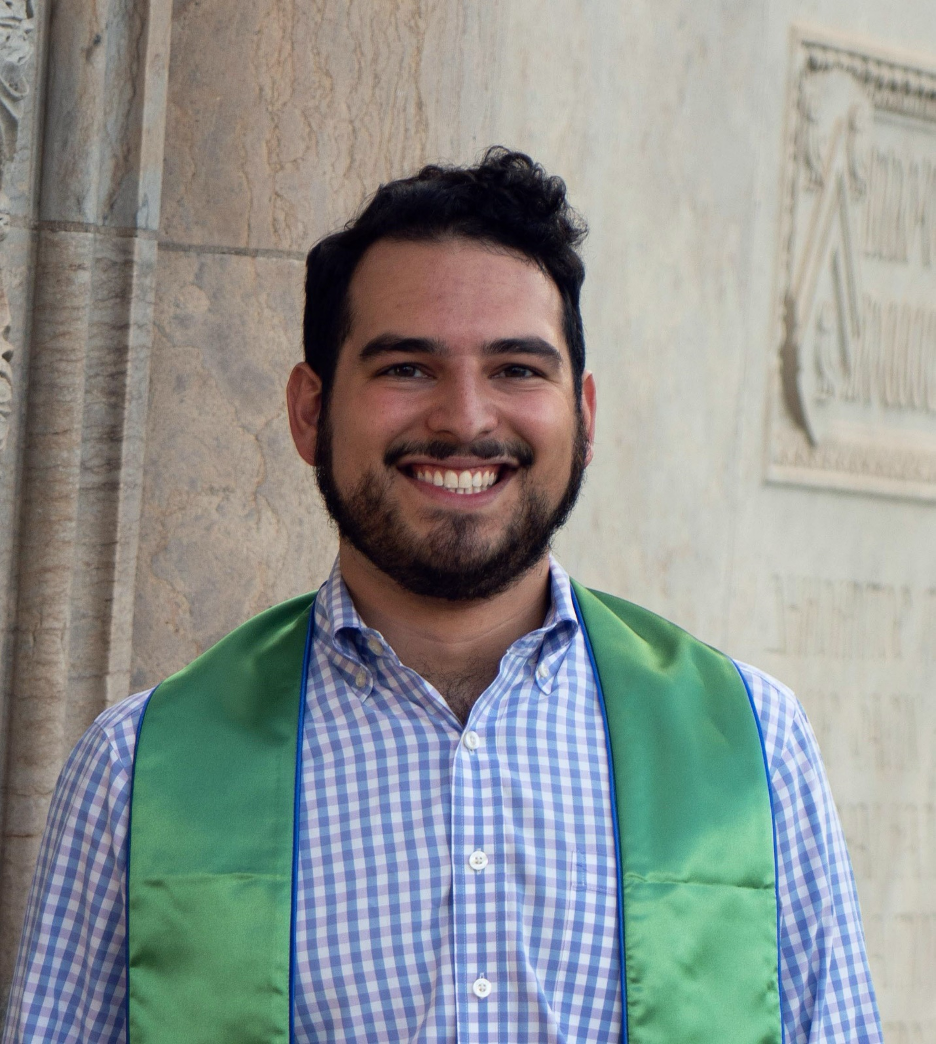
William Kepler Whiteford Professor Judith C. Yang received her PhD in physics from Cornell University in 1993. She then went to the Max-Planck-Institute of Metallforschung in Stuttgart, Germany as an international NSF post-doctoral fellow. In 1995, she returned to the US as a post-doc and visiting lecturer for the Materials Research Laboratory, U. Illinois at Urbana-Champaign. In 1999, she joined the engineering faculty at U. Pittsburgh. She is the 2002 recipient of the NSF career award, 2004 B.P. America Faculty fellowship, and the 2005 Chancellor’s Distinguished Research Award. She is an American Physical Society fellow (2017) and Microscopy Society of America fellow (2018) as well as a guest professor at Xi’an Jiatong University. Her research areas include oxidation, heterogeneous catalysis, nano-materials, gas-surface reactions, and transmission electron microscopy, especially in situ. Since September 2019, she is currently serving at the National Science Foundation as a program director in the Division of Materials Research.

Dr. Stephen D. House is the primary staff scientist at the Environmental TEM Catalysis Consortium (ECC) and a visiting research assistant professor of Chemical and Petroleum Engineering at the University of Pittsburgh. He earned his Ph.D. in materials science and engineering at the University of Illinois at Urbana-Champaign, where he first laid hands on an electron microscope (and hasn't stopped since). His primary research interests involve the study of materials dynamics at the micro- to atomic-scale through the development and application of in situ electron microscopy and spectroscopy techniques. His current research focuses on structure and dynamics in heterogeneous catalysts and other nano-scale functional material systems. A generalist at heart, Dr. House has collaborated extensively over a wide range of research fields, and is always looking to add to that list. In his role with the ECC, Dr. House focuses on bringing the capabilities of these powerful electron microscopy techniques to the researchers whose projects can benefit from them, assisting in the design and performance of experiments, data analysis, and project consultation. Through the ECC, he is currently an active collaborator with multiple research groups at Pitt and elsewhere on topics ranging from catalysis, to high-temperature corrosion, to biomedical studies of microbial interactions with nanomaterials.

Dr. Meng Li is a post-doctoral research associate advised by Dr. Yang in the Chemical and Petroleum Engineering Department at the University of Pittsburgh. She earned her Ph.D. in Materials Science at Xi’an Jiao Tong University in China, where she fell in love with the diverse world of in situ transmission electron microscopy (TEM) and devoted her time to develop novel tools for in situ TEM. Her primary research interests involve not only the study of materials degradation under gaseous environment using in situ environmental TEM, but also on novel postprocessing tools and methods for in situ TEM experiments Her current research focuses on addressing the transient, atomic-scale dynamics of initial oxidation in metals and alloys, and she closely works with multi-scale simulations provided by Mr. Richard Burke Garza and Dr. Matthew T. Curnan lead by Prof. Wissam A. Saidi in the Mechanical Engineering and Materials Science Department. The insights gained from these studies provide deeper understanding of oxidation and facilitate better control, prediction and protection of materials in fields such as corrosion, catalysis, and sensors.

Henry O. Ayoola is a Ph.D. candidate in the Chemical and Petroleum Engineering Department. He received his B.S. in Chemical Engineering from the University of Maryland, Baltimore County. His doctoral research focuses on understanding the atomic level structure of supported heterogeneous catalysts, specifically Pt supported on gamma-phase Al2O3, using model systems and electron microscopy combined with theoretical simulations. He is experienced in focused ion beam-based sample preparation and various electron microscopy techniques, with multiple peer-reviewed publications and conference presentations to his name. His research interests comprise applications of electron microscopy and focused ion beam technology to developing catalytic and high-temperature corrosion-resistant materials. He is also a former Jeopardy! game show champion, a green belt in Krav Maga, and a keen participant in numerous start-up and business plan competitions.

Xianhu Sun is a Ph.D. candidate in the Department of Mechanical Engineering at the State University of New York at Binghamton advised by Dr. Guangwen Zhou. He is currently a visiting Ph.D. student with Dr. Yang’s group investigating surface and interface behavior during Cu oxidation and Cu oxide reduction, as well as the segregation of Cu-Au alloys by means of in situ environmental TEM. Before arriving at the University of Pittsburgh, he also visited and studied under Dr. Dong Su in Brookhaven National Laboratory and with Dr. Renu Sharma’s group at the National Institute of Standards and Technology. He obtained B. S. and M. S. degrees of Materials Science and Engineering from Taiyuan University of Technology, China. His research interests include oxide nanowire growth, mass transport during oxidation and reduction, surface and interface dynamics, segregation, and in situ TEM characterization.

Burke Garza is a thesis-track Ph.D. student in the Department of Chemical and Petroleum Engineering co-advised by Dr. Yang and Dr. Wissam Saidi. He joined their labs in 2019 and received his B.S. in Chemical Engineering that same year from Rice University in Houston, Texas. His research interests lie in applying machine learning to TEM and existing computational chemistry methods to augment and capitalize on the large datasets generated in the microscope and on the Pitt computational cluster. His current work focuses on developing a new ReaxFF forcefield for Cu/Ni/O interactions to model the competitive oxide growth on CuNi alloy. Burke’s love of learning extends to learning music: he is constantly compiling new playlists, teaching himself songs on the piano, and looking for live music in Pittsburgh and beyond.